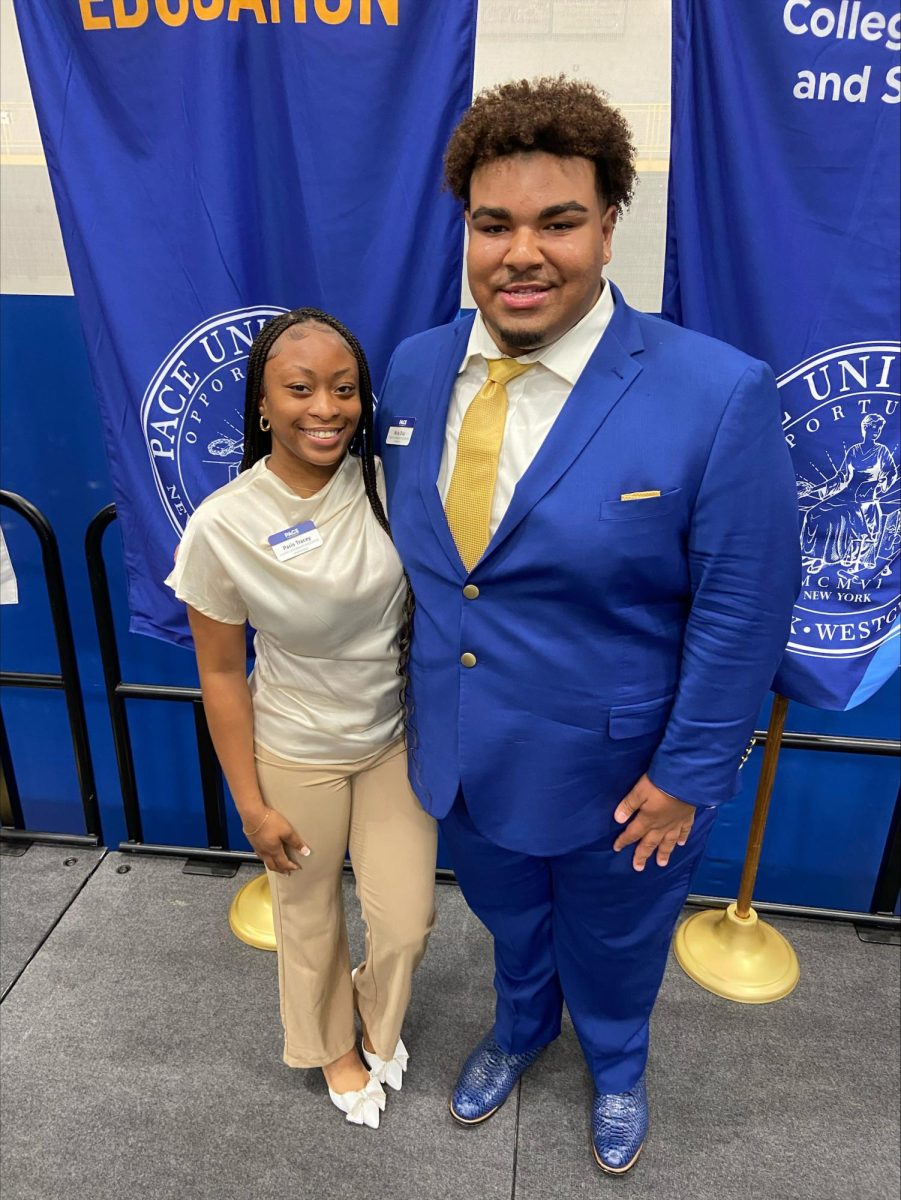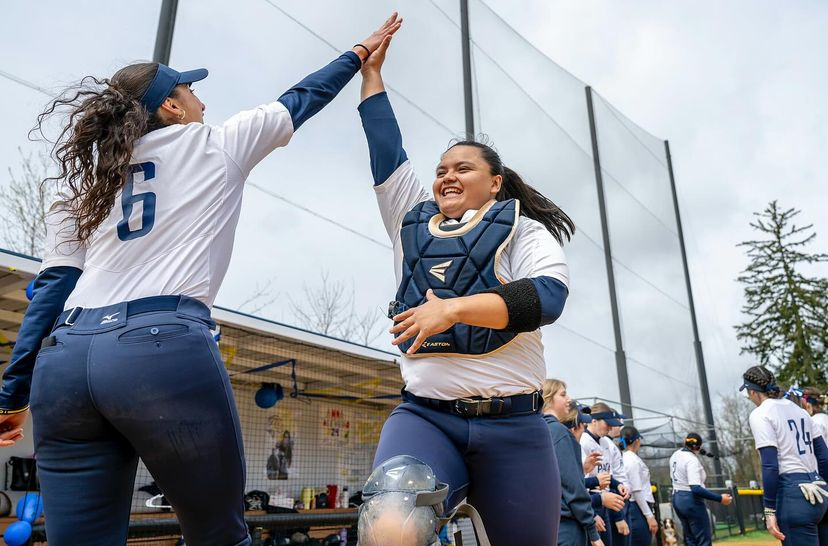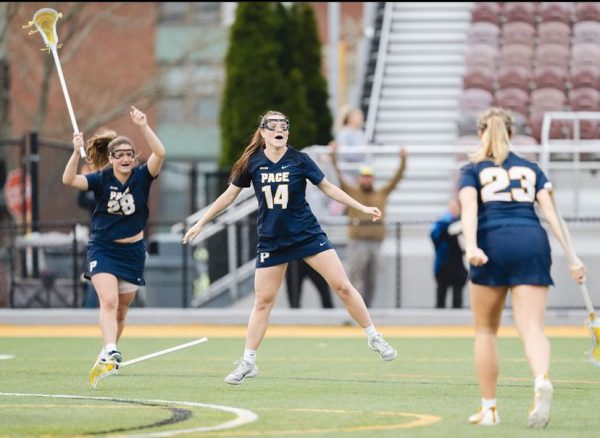The Glass Barrier in Sports
March 5, 2015
Title IX proved to be a game changer in the sports world, stating that no one could be prohibited from playing a sport because of his or her sex, religion, or ethnicity. This brought new opportunities for females who wanted to compete in sports with teams being formed at all levels.
However, while Title IX seeks to have equality between both sides, the reality is that there is still some disparity between the portrayal of male and female athletes.
Freshman swimmer Katie Scarlett Loughlin calls this the “glass barrier” between male and female athletics. She acknowledges that while at Pace, both teams are treated equally, from her own personal experience she feels as if female athletes are indeed viewed differently.
“I know for the swim team, we all do the same workouts, same lifts, just at our own individual (not sex related) pace/weight level; some days I’ll be in a lane with my fellow male teammates, like Rob [O’Gorman] for sprint work or Dom [Mignano] and Mark [Jackson] during stroke sets,” said Loughlin, who is a marketing major. “That being said, I do feel as if I, as well as other female athletes, are viewed through different eyes. When I tell people I am a collegiate athlete, they usually are surprised. Maybe it’s because I’m usually dressed up, but the typical response to ‘Yes I’m on the swim team!’ is ‘really?’ with a very surprised or perplexed look.”
Despite different thoughts, Loughlin believes she is still well respected as an athlete.
Senior women’s basketball player Margo Hackett and junior men’s baseball player Dylan Mouzakes agree as far as not seeing any inequality or negative perceptions on campus.
However, when it comes to media portrayal of both sides, another story begins to unfold. Women, in general, are objectified and sexualized by the media, but when it comes to female athletes they seem to be taken less seriously than their male counterparts.
Hackett notes that even at Pace she has noticed “that all of the men’s sports at Pace seem to draw a much larger crowd.”
However, internally Hackett believes “within the university, the perception and media is very well-balanced between men’s and women’s sports.”
While at Pace, this doesn’t seem to be a big of a factor as on the broader scale of sports, it is human nature to try and analyze why this seems to be the case.
Knowing that the sports world has long been male dominated, it has taken a lot for women to be able to earn a place on the starting line-up.
But women sports, in terms of perception in society and media coverage, are still far behind their male counterparts. A study done by the Women’s Media Center in 2014 gave a more in depth look at the disparity between male and females in the world of journalism.
According to the study, men make up 63.4 percent of all media personnel with bylines and on-camera appearances, while women constitute 36.1 percent of contributors.
“Unfortunately, the media does not cover men’s and women’s sports equally in my eyes,” Hackett said. “Everything is driven by money, and the men sports bring in more money than the women’s do, and therefore, receive more coverage. As for perception, I believe that due partly to the less media coverage, women sports are far less popular.”
While there are unfortunate disparities within the media world, some of the athletes take comfort in knowing that there is support amongst the Pace athletes.
Baseball player Mouzakes talked about his opinions on the subject.
“I don’t think there is a negative perception at all on campus,” Mouzakes said. “I mean, the women’s basketball team performs better than the male team consistently. And, also, I know that we have all been very supportive and excited about the girl’s lacrosse team.”













